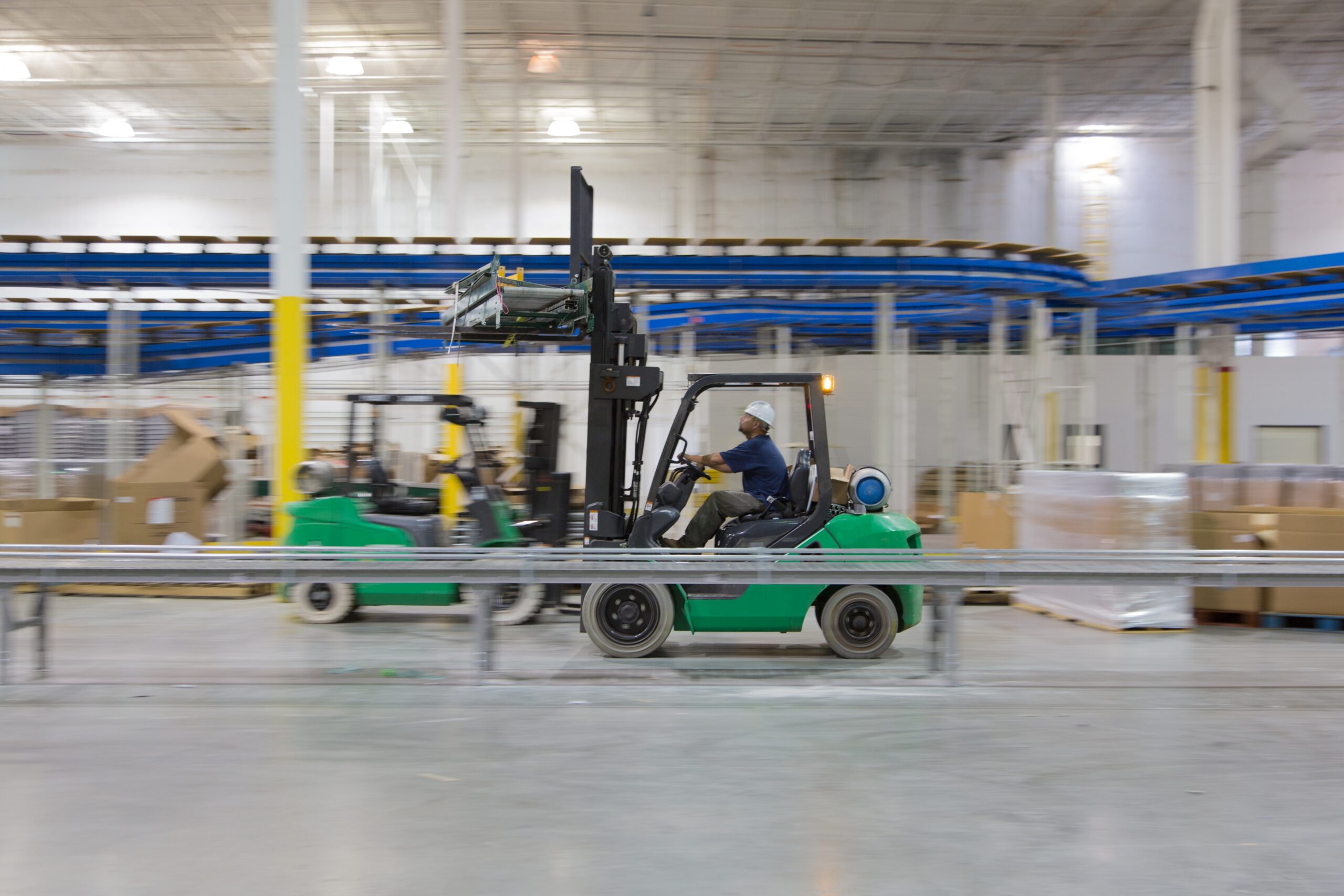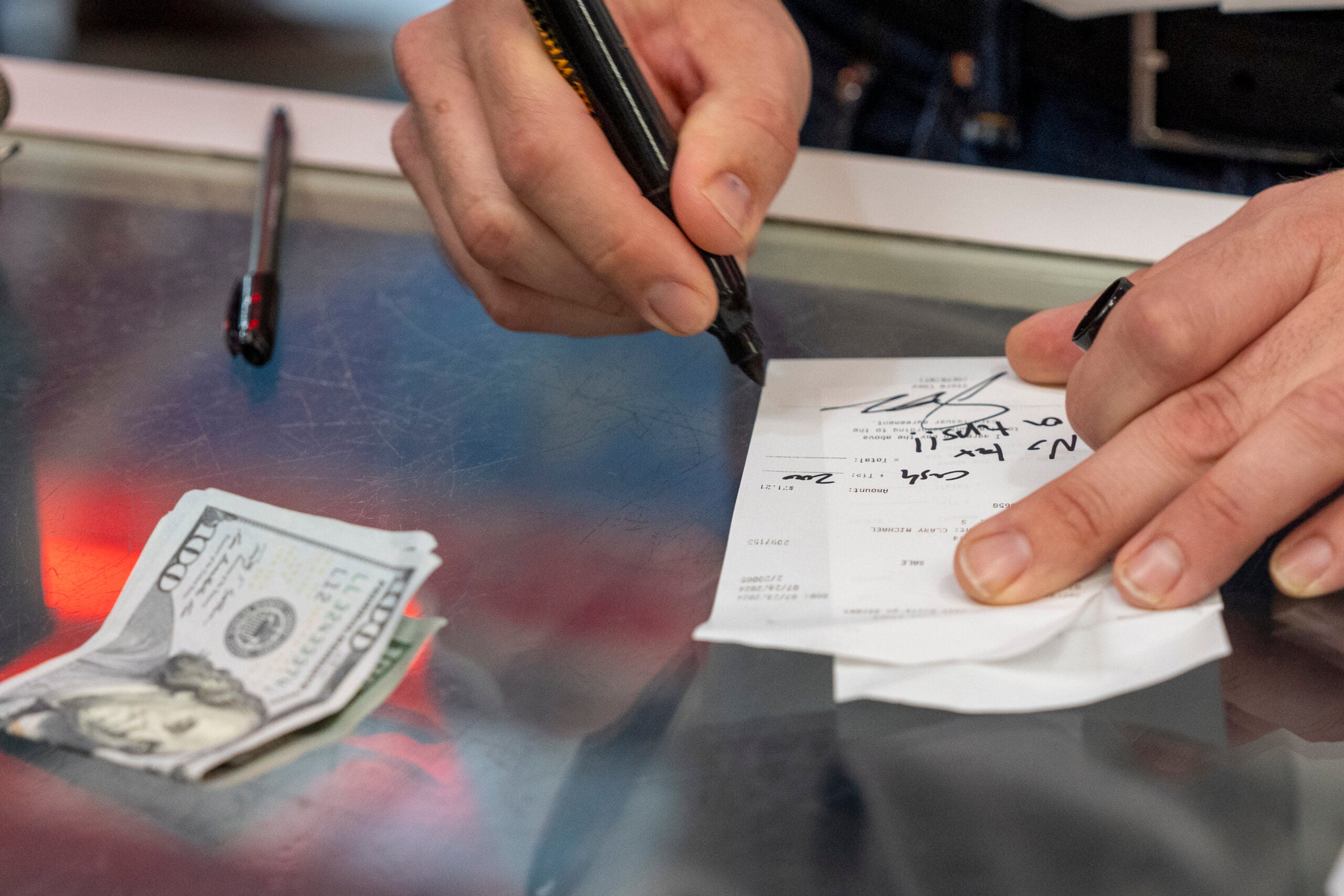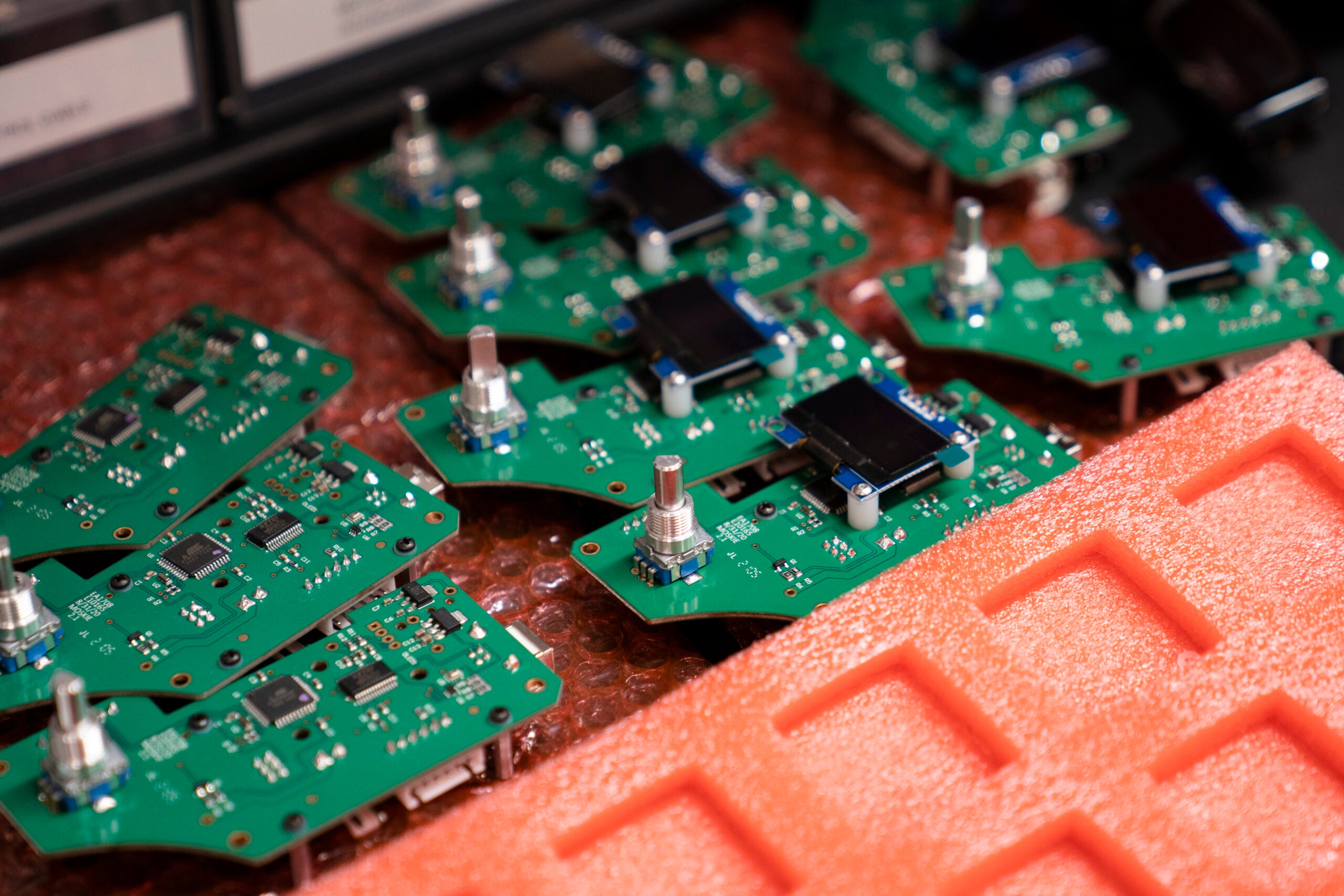A new memo from the Wisconsin Legislative Fiscal Bureau shows 11 individual income tax filers will receive 10 percent of the state’s tax credit for manufacturers.
Meanwhile, the Wisconsin Budget Project published a report Tuesday showing more than 78 percent of last year’s Manufacturing and Agriculture Credit went to individual tax filers who earn more than $ 1 million. Wednesday, the advocacy group released the state’s latest estimate that 11 individual filers who make more $35 million in gross income will each receive almost a $2 million dollar cut in 2017.
The Manufacturing and Agriculture Credit is based on income from manufacturing or agriculture production. The tax credit was created in 2011 and the state began phasing in the MAC in 2013, increasing the rate until it reached 7.5 percent in 2016.
News with a little more humanity
WPR’s “Wisconsin Today” newsletter keeps you connected to the state you love without feeling overwhelmed. No paywall. No agenda. No corporate filter.
Industry supporters say the credit has encouraged manufacturers to maintain and add jobs in Wisconsin.
“Since (2011), we have seen as a state about 34,000 manufacturing added to our state’s workforce,” said Jason Culotta, senior director of government relations for Wisconsin Manufacturers & Commerce. “We think that the credit has played a significant role in encouraging businesses to both locate here or to expand here.”
But Wisconsin Budget Project analyst Tamarine Cornelius said the state has not seen a dramatic increase in the rate of job growth since the MAC began in 2013.
“We’re pretty close to the national average (for manufacturing job growth) before the credit and we’re pretty close the national average after the credit,” Cornelius said. “What are we getting for this very large tax credit, that’s mostly going to the pockets of not just the wealthy but the very, very wealthy, if not jobs? What is the benefit to the rest of Wisconsin?”
Culotta said there are other factors to consider when evaluating the impact of the MAC.
“All the income that’s generated from that increment of growth, as well as from the jobs that are kept in Wisconsin instead of being consolidated or moved to another state, those things must also be taken into consideration when you weigh the value of the credit,” Culotta said.
Cornelius said the MAC does not require manufacturers to increase jobs in Wisconsin, so even producers who decreased production in the state are eligible to receive the credit.
The Wisconsin Budget Project reported the state will award $284 million dollars in tax credits to manufacturers in 2017.
Wisconsin Public Radio, © Copyright 2026, Board of Regents of the University of Wisconsin System and Wisconsin Educational Communications Board.




